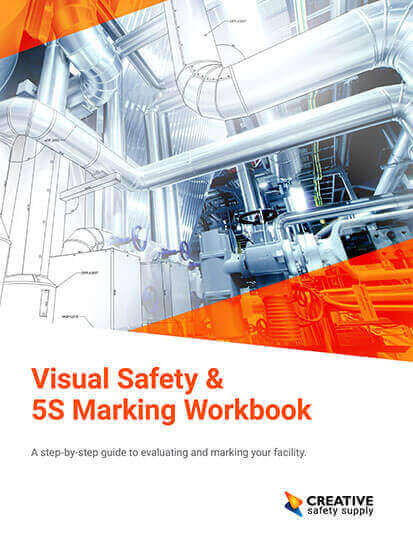
In any facility, be it a manufacturing plant, warehouse, hospital, or office space, safety is paramount. Ensuring the well-being of employees and visitors requires a comprehensive approach, and one crucial aspect is facility marking. This often-overlooked tool plays a vital role in enhancing safety awareness and facilitating smooth navigation within a facility. In this article, we will explore the various ways in which facility marking contributes to a safer and more efficient working environment.
The Power of Visual Communication
One of the key benefits of facility marking is its ability to convey important information quickly and effectively. Visual cues are processed by the brain much faster than written or spoken instructions, making them invaluable in emergency situations or during routine operations. Whether it's delineating walkways, indicating hazardous areas, or providing directional guidance, facility markings serve as a universal language that everyone can understand.
Enhancing Safety Awareness
- Clear Identification of Hazards: Facility marking helps in identifying potential hazards and danger zones. Hazardous areas, such as chemical storage, electrical panels, or high-traffic zones, can be clearly marked to alert personnel and visitors to exercise caution.
- Promoting Compliance with Safety Regulations: Many industries have strict regulatory requirements regarding the marking of certain elements within a facility. Adhering to these standards not only ensures legal compliance but also reinforces a culture of safety.
- Emergency Preparedness: In emergency situations, every second counts. Facility markings, including exit signs, escape routes, and emergency equipment locations, provide vital information that can be quickly accessed, enabling a swift and organized response.
Facilitating Efficient Navigation
- Optimized Workflow: Well-planned facility marking can help streamline operations by indicating designated areas for specific activities. This prevents unnecessary overlap, reduces congestion, and promotes a more efficient workflow.
- Reduced Downtime: Clearly marked pathways and storage areas reduce the likelihood of accidents or collisions. This, in turn, minimizes disruptions to operations, as employees can move around confidently without the fear of accidents.
- Visitor Orientation: For visitors or new employees, facility marking serves as a guide, helping them navigate the facility with ease. This promotes a positive first impression and ensures a smooth introduction to the workplace.
Tailoring Facility Marking to Specific Needs
The effectiveness of facility marking lies in its customization to the unique requirements of each facility. Factors such as the type of industry, the nature of operations, and specific safety concerns should all be taken into account. For example, a manufacturing plant may require floor markings for machine placement, while a hospital may prioritize clear signage for patient areas and emergency exits.
Facility marking is a powerful tool that significantly contributes to safety awareness and navigation within any facility. By providing visual cues, identifying hazards, and optimizing workflow, it plays a crucial role in creating a secure and efficient work environment. Investing in well-planned and strategically implemented facility marking not only safeguards personnel but also enhances the overall productivity and success of the facility.
Similar Questions
- What is Facility Marking?
- What are the Best Facility Marking Techniques?
- How can I prevent Warehouse Accidents with Facility Marking?
- How does proper facility marking help create a more safe and visual workplace?
- What are the benefits of floor marking tape for safety and productivity?
- What are the best practices for installing and maintaining facility marking products?
- What are the benefits and best practices of using color-coding for labels and signs in facility marking?

